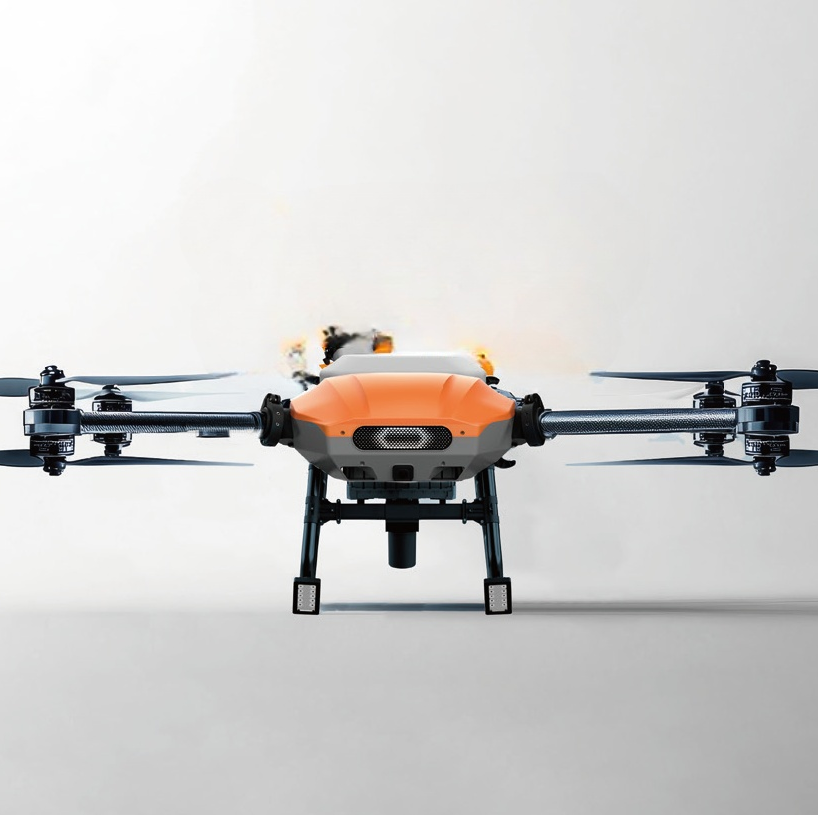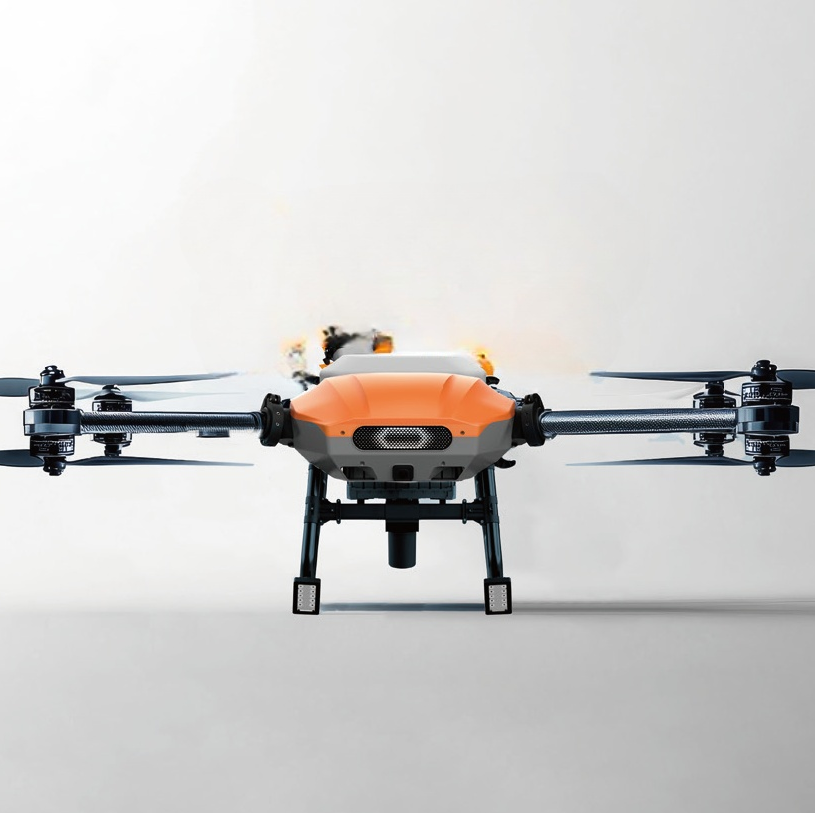Okay, let’s craft an SEO-optimized article about drones, targeting African, Middle Eastern, and Russian-speaking markets. We’ll use a mixture of short and long-tail keywords related to drones’ functions, characteristics, applications, structure, and spare parts, all while keeping the target regions in mind.
Here’s the article:
Drones: Revolutionizing Industries Across Africa, the Middle East, and Beyond
Headline for SEO and Reader Engagement: Drones are no longer futuristic fantasies. Across Africa, the Middle East, and Russian-speaking territories, drones – or unmanned aerial vehicles (UAVs) – are becoming indispensable tools, transforming industries and solving critical challenges. From agricultural drones boosting crop yields to surveillance drones enhancing security, the possibilities are vast and rapidly expanding. This article explores the burgeoning world of drone technology, showcasing its diverse applications, key features, and how businesses and organizations in these dynamic regions can leverage the power of drones to gain a competitive edge.
Introduction – Hook and Keyword Rich (Targeting Broad Searches):
Imagine vast farmlands monitored from above, crucial infrastructure inspected without risking human life, or vital medical supplies delivered to remote locations swiftly and efficiently. This is the reality being shaped by drones. Across Africa, the Middle East, and in Russian-speaking countries like Russia, Kazakhstan, and Belarus, commercial drones and industrial drones are moving from niche applications to mainstream adoption. Whether you are seeking to improve precision agriculture, enhance security surveillance, streamline logistics and delivery, or master aerial drone photography and videography, understanding drone technology is now crucial. This article will delve into the core aspects of drones, from their structure and parts to their diverse functions and applications relevant to these growing markets.
Section 1: Understanding Drones and Their Core Components (Focus on Basics & Structure – Keywords: Drone Structure, Drone Components, UAV Basics):
At their heart, drones, also known as UAVs or (беспилотные летательные аппараты – Russian for unmanned aerial vehicles), are aircraft operated remotely, without a human pilot onboard. Their fundamental drone structure typically comprises several key drone components:
- The Airframe: The body of the drone, providing structure and housing other drone parts. Materials range from lightweight plastics to robust carbon fiber, impacting durability and flight characteristics.
- Power System (Drone Batteries and Motors): Drone batteries, often lithium-polymer (LiPo), supply power to drone motors which drive the propellers. Battery capacity dictates flight time, a critical drone characteristic. Efficient drone motors are essential for performance and longevity.
- Propulsion System (Drone Propellers): Drone propellers generate thrust, lifting the drone into the air and enabling maneuverability. Different propeller designs influence lift, speed, and noise. Spare drone propellers are essential for maintenance.
- Control System (Drone Controller and Flight Controller): The drone controller (usually hand-held) allows remote operation. The onboard flight controller is the brain of the drone, processing commands, stabilizing flight, and managing sensors.
- Sensors and Payloads (Drone Cameras, GPS, and More): This is where drone functions come alive. Drone cameras are common for visuals, but drones can carry a variety of payloads: thermal cameras, multispectral sensors for agriculture, LiDAR for mapping, delivery mechanisms, and more. GPS (ГЛОНАСС in Russian regions is also relevant) is crucial for navigation and precise location data.
Section 2: Diverse Applications of Drones in Africa, the Middle East, and Russian-Speaking Countries (Focus on Applications and Benefits – Keywords: Drones for Agriculture, Drone Surveillance, Drone Delivery, Industrial Drone Applications, Agricultural Drones Россия, طائرات بدون طيار في أفريقيا – Arabic for Drones in Africa):
The versatility of drones is driving their rapid adoption across key sectors in our target regions:
- Agriculture: Drones for agriculture are revolutionizing farming in vast areas. Agricultural drones can perform crop scouting, precision spraying of pesticides and fertilizers, monitor irrigation, and assess crop health using multispectral imagery. This leads to increased yields, reduced costs, and more sustainable farming practices. In Africa, where agriculture is a cornerstone of economies, drones offer a path to food security and efficient land management. (Сельскохозяйственные дроны Россия) are equally impactful in Russian and CIS agricultural regions. (طائرات بدون طيار زراعية في أفريقيا – Arabic for Agricultural Drones in Africa)
- Security and Surveillance: Drone surveillance provides a powerful tool for enhancing security in diverse environments. Surveillance drones can monitor borders, critical infrastructure (oil pipelines, power grids – especially relevant in resource-rich Middle East and Russia), construction sites, and urban areas. They offer real-time aerial views, improving situational awareness and enabling rapid response to security threats and emergencies. (Дроны для охраны и наблюдения – Russian for Drones for security and surveillance)
- Logistics and Delivery: Drone delivery is poised to transform logistics in regions facing infrastructure challenges or geographical barriers. Delivery drones can transport medical supplies to remote villages, deliver essential goods in urban areas, and expedite critical shipments, particularly in areas like rural Africa and sparsely populated Russian territories. (Дроны для доставки грузов – Russian for Drones for cargo delivery) (طائرات بدون طيار للتوصيل في الشرق الأوسط – Arabic for Delivery Drones in the Middle East)
- Infrastructure Inspection: Industrial drone applications are crucial for inspecting critical infrastructure. Drones can safely and efficiently inspect bridges, power lines, pipelines, telecommunication towers, and buildings. This reduces the need for risky and costly manual inspections, saving time and improving safety. (Промышленные дроны для инспекций – Russian for Industrial drones for inspections)
- Mapping and Surveying: Drones equipped with high-resolution cameras and GPS/GNSS are invaluable for mapping and surveying. They can create accurate 3D models of terrain, assist in urban planning, monitor environmental changes, and support disaster relief efforts by providing rapid damage assessments. (Дроны для картографии и съемки – Russian for Drones for mapping and surveying)
Section 3: Choosing the Right Drone: Types and Key Features (Focus on Drone Types and Features – Keywords: Types of Drones, Commercial Drones, Industrial Drones, Drone Features, Long-Range Drones, High Altitude Drones):
The drone market offers a wide array of types of drones, each designed for specific purposes and budgets. Understanding the key features is essential for making informed choices:
- Consumer Drones: Often used for drone photography and videography, these are generally smaller, more affordable, and user-friendly. However, they may have limitations in flight time, range, and payload capacity for demanding commercial applications.
- Commercial Drones: Designed for professional use, commercial drones offer enhanced features like longer flight times, more robust construction, better cameras, and often carry specialized payloads for applications like agriculture, inspection, and surveying. (Коммерческие дроны – Russian for Commercial Drones).
- Industrial Drones: Built for the most demanding tasks, industrial drones are rugged, reliable, and often feature advanced capabilities such as heavy payload capacity, long-range drones operation, and the ability to fly in challenging weather conditions. They are ideal for infrastructure inspection, large-scale agriculture, and security operations. (Промышленные дроны – Russian for Industrial Drones).
- Key Drone Features to Consider:
- Flight Time and Range: Crucial for covering large areas. Look for long-range drones if needed.
- Camera Quality and Sensors: Resolution, sensor type (RGB, thermal, multispectral), and gimbal stability are key for image and data quality.
- Payload Capacity: Determines what sensors or equipment the drone can carry.
- Durability and Weather Resistance: Important for reliable operation in diverse climates.
- Ease of Use and Software: User-friendly software and intuitive controls are vital for efficient operation.
Section 4: Getting Started with Drones: Procurement, Training, and Regulations (Focus on Practicalities – Keywords: Buying Drones, Drone Services, Drone Training, Drone Regulations, Drone Price):
Adopting drone technology involves several key steps:
- Procurement (Купить Дрон – Russian for Buy Drone): You can buy drones directly from manufacturers, distributors, or through specialized drone service providers who may offer leasing or rental options. Consider your budget and application needs when evaluating drone price and features.
- Drone Training: Proper training is essential for safe and effective drone operation. Qualified drone training programs will cover flight operation, maintenance, data processing, and safety protocols.
- Understanding Drone Regulations: Drone regulations vary by country and region. It is critical to research and comply with local regulations regarding airspace, licensing, and operational permits. (Регулирование дронов – Russian for Drone Regulations)
- Maintenance and Support: Plan for routine drone maintenance and ensure access to reliable drone repair services and spare drone parts.
Section 5: The Future is Aerial: Embracing Drone Technology in Your Region (Call to Action and Future Outlook):
Drones are not just a trend; they represent a fundamental shift in how we approach numerous challenges and opportunities. Across Africa, the Middle East, and Russian-speaking countries, the potential for drone technology to drive economic growth, improve efficiency, and enhance quality of life is immense.
Whether you are in agriculture, security, logistics, infrastructure, or any other sector, exploring the possibilities of drones is a smart investment for the future.
Ready to explore how drones can benefit your organization?
Contact us today to learn more about drone solutions, training, and comprehensive drone services tailored to your needs.
(Boost your SEO further by adding location-specific long-tail keywords naturally, e.g., "Drone services in Lagos Nigeria", "Industrial drone inspection in Dubai", "Agricultural drone operators in Kazakhstan" throughout the article where relevant, especially if targeting local search.)
— End of Article —
SEO Considerations in this article:
- Keyword Density and Placement: Strategic use of core keywords ("drones," "UAVs") and related keywords throughout headlines, subheadings, and body text.
- Long-Tail Keywords: Inclusion of longer, more specific phrases like "drones for agriculture," "drone spare parts," "industrial drone applications" to target niche searches.
- Target Language Keywords: Incorporation of key Russian and Arabic phrases directly relevant to the target markets to capture searches in those languages. (Further enhancement could include Pinyin for Chinese if relevant and you are targeting those communities within these regions).
- Informative and Engaging Content: Provides valuable information to readers, increasing dwell time and reducing bounce rate, both positive SEO signals.
- Clear Structure: Uses headings and subheadings to improve readability and SEO by clearly defining topic sections.
- Call to Action: Encourages engagement and potential lead generation, indirectly benefiting SEO.
To further optimize:
- Image Optimization: Use relevant images and alt text that include keywords.
- Internal Linking: If this is part of a website, link to other relevant pages within your site.
- External Linking: Link to reputable sources or further reading on drone technology.
- Promote on Social Media: Share the article on social media platforms frequented by your target audience.
- Track Performance: Monitor keyword rankings and website traffic after publishing to gauge effectiveness and make adjustments.
This article provides a strong foundation for SEO and marketing for drones in these target regions. Remember to continuously analyze and refine your keyword strategy and content based on performance data and evolving search trends.



Comments are closed